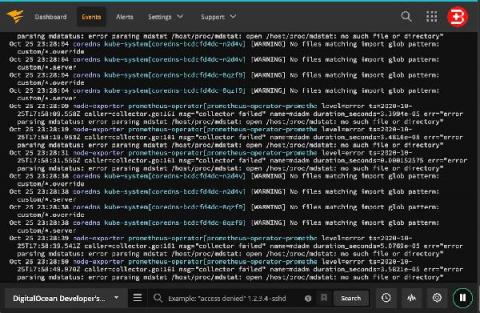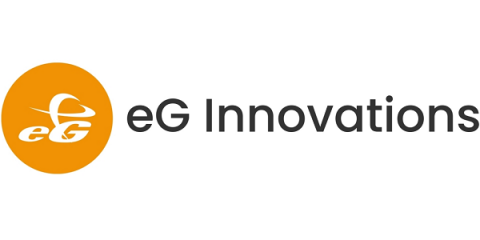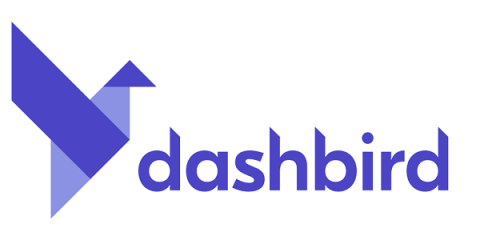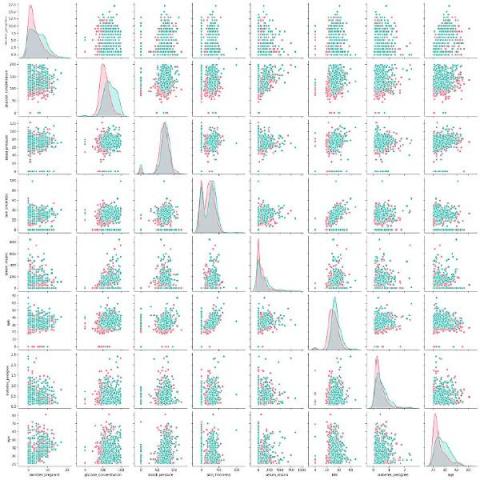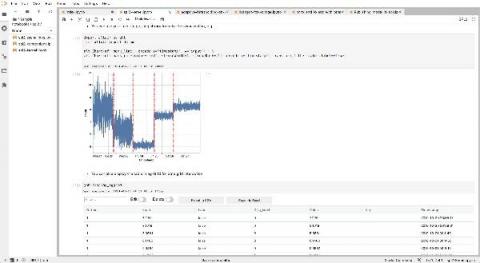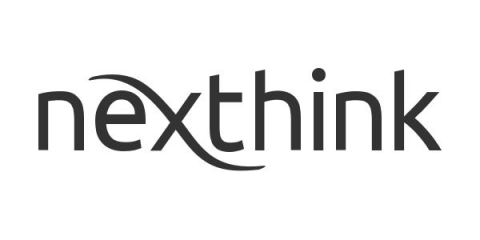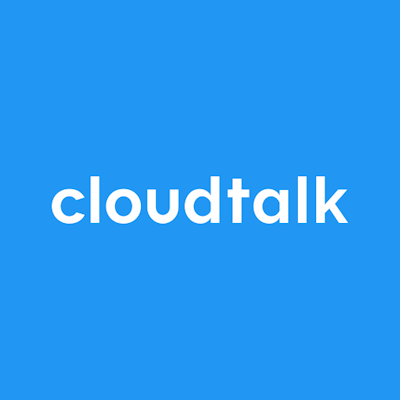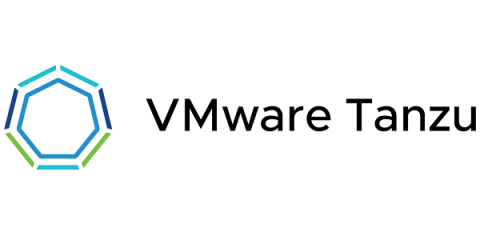Operations | Monitoring | ITSM | DevOps | Cloud
Latest Posts
Top 10 Metrics to Track when Monitoring Microsoft IIS Performance
Microsoft Internet Information Services (IIS, formerly known as Internet Information Server) is an extensible web server software created by Microsoft for use with the Windows family. IIS supports various protocols, including HTTP, HTTP/2, HTTPS, FTP, FTPS, SMTP, and NNTP. According to the most recent ranking by W3Techs, Microsoft IIS is the second most popular web server technology behind Apache.
How to Save Hundreds of Hours on Lambda Debugging
Although AWS Lambda is a blessing from the infrastructure perspective, while using it, we still have to face perhaps the least-wanted part of software development: debugging. In order to fix issues, we need to know what is causing them. In AWS Lambda that can be a curse. But we have a solution that could save you dozens of hours of time. TL;DR: Dashbird offers a shortcut to everything presented in this article.
Walkthrough to Set Up the Deep Learning Toolkit for Splunk with Amazon EKS
The Splunk Deep Learning Toolkit (DLTK) is a very powerful tool that allows you to offload compute resources to external container environments. Additionally, you can use GPU or SPARK environments. In last Splunk blog post, The Power of Deep Learning Analytics and GPU Acceleration, you can learn more about building a GPU-based environment. Splunk DLTK supports Docker as well as Kubernetes and OpenShift as container environments.
Get to Know Splunk Machine Learning Environment (SMLE)
One of our most exciting new projects at Splunk is coming to life. Over the past year, we have been hard at work putting together our vision: a place where Splunk admins, NOC/SOC teams, data analysts, and data scientists can collaborate, experiment, and operationalize their work, all in a single environment inside the Splunk ecosystem. We call it Splunk Machine Learning Environment (SMLE).
Best Website Performance Testing Tools
What is the usual criteria in choosing an online store? It should have reasonable prices, sell quality products, and most of all, it should have a fast loading time. A website’s performance is essential. A two-second delay can make a big difference to your website and revenue as well. In fact, Neil Patel reported that a mere second delay may cost an e-commerce site up to $2.5 million in sales annually.
The Spectre of Shadow IT
“What’s that? You want me to send you a large video file or something? No, that’s not a problem, it’s actually easy, I’ll just stick it on Box. Or DropBox, or stick it on WeTransfer and then we’ll do a quick Zoom to go through it – what?
CloudTalk - Call Center Management Tool for Sales and Customer Service
No matter the size, every company has to communicate with their customers – some need just to handle occasional questions and issues while others make and answer calls daily. But both can agree that customers’ expectations are increasing drastically, and living up to those expectations becomes more and more difficult.
Sunsetting Embedded Views
Three years ago, when we released Embedded Views into beta, we were excited to enable customers to share log lines in a customized way outside of our web application. However, it's become clear that the vast majority of our users prefer having the full functionality of our web application when exploring their logs rather than using an Embedded View.
Taming Operational Load with VMware CRE
Every engineering team must manage some level of operational load. But too much of it can get in the way of doing the important and engaging work that will make your organization—and your team—thrive. VMware Customer Reliability Engineering (CRE) is no different. We are a team of site reliability engineers and program managers who work together with Tanzu customers and partner teams to learn and apply reliability engineering practices using our Tanzu portfolio of services.


